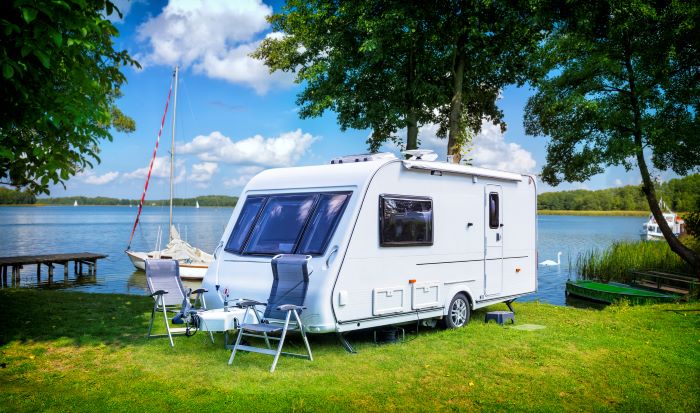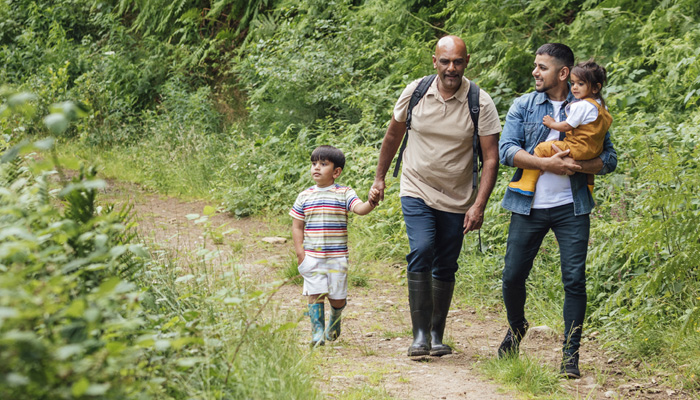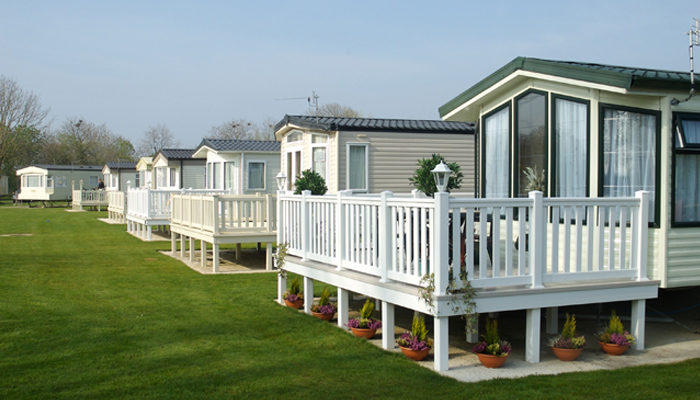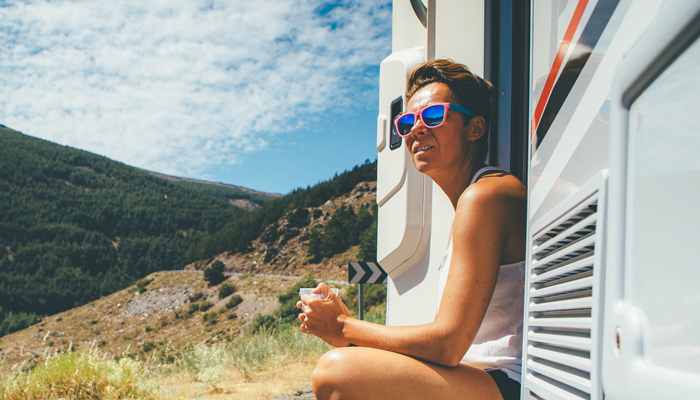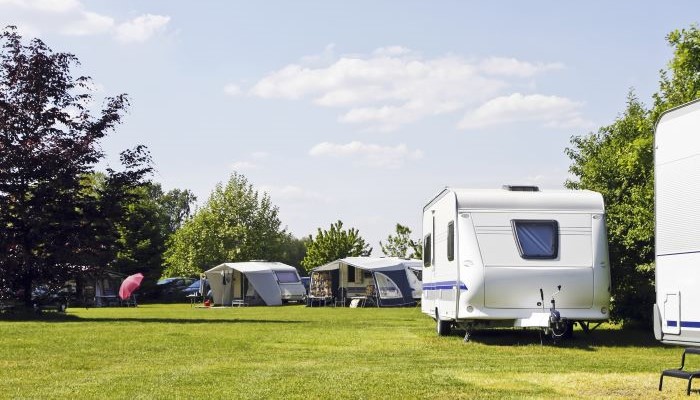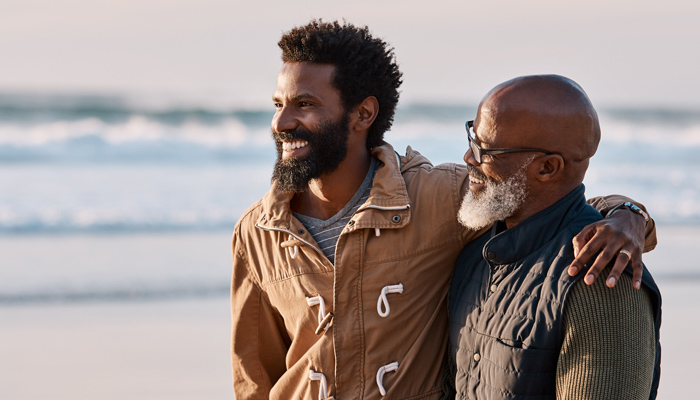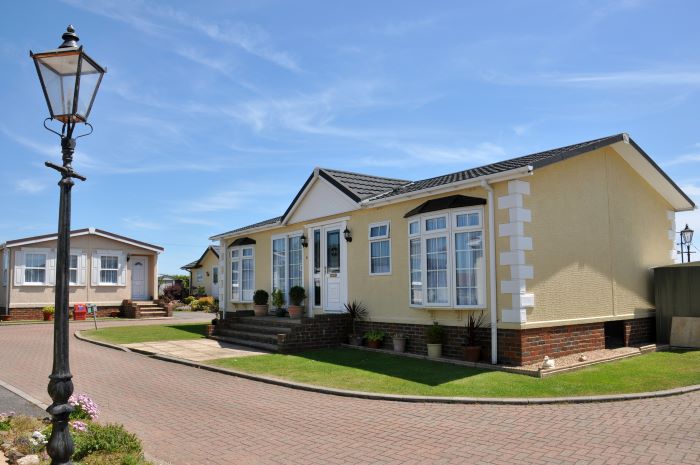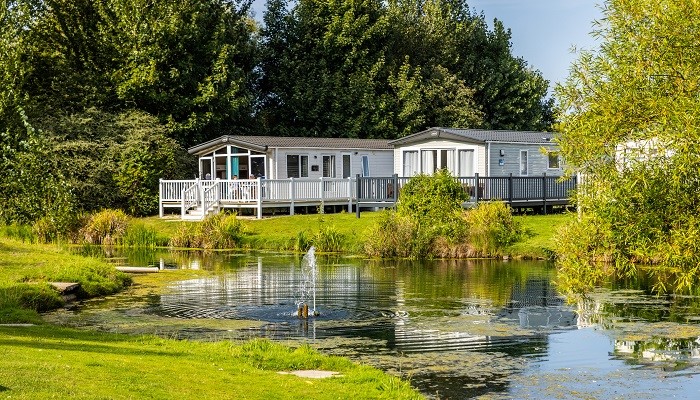How to Keep Your Caravan Warm for Winter Touring
When using your caravan in winter, it’s important to prepare for the complications that can arise from cold weather. Without the proper precautions, freezing weather, rain, and rapid drops in temperature can leave your caravan with split pipes, cracked taps, and damage to its water systems. That’s why we’ve compiled this guide on how to keep your caravan warm and well-insulated throughout the winter and while you’re away.
External water carriers
Your caravan’s external water carriers can be vulnerable to freezing in winter weather, so consider investing in an insulation bag to prevent the contents from freezing. You could even use bubble wrap, an old duvet, or an old coat if you’re short on time.
It’s also a good idea to keep a small container of freshwater inside, so you have an emergency supply on hand until you can get some more or until the larger container unfreezes.
Switch from butane to propane
Butane gas won’t work in temperatures lower than five degrees Celsius, so during winter, you'll need to switch from butane to propane cylinders as propane operates at a higher pressure and you can still use them even if temperatures plummet. Don't forget to change the regulator too as it won't be interchangeable between the two cylinders.
Insulate pipes
Wastewater is also at risk of freezing in harsh conditions, so make sure you insulate the pipes and add salt to the wastewater container, or use a glycol-free antifreeze.
Switch from single-glazed to double-glazed windows
Switching from single-glazed to double-glazed windows will help to keep the inside of your caravan warm during winter. That said, you may find that it makes the caravan too warm in the summer, so make sure to weigh up whether it’s worth the cost or whether temporary measures for the colder months might be more suitable.
If you don’t think double glazing is the way forward, consider adding a layer or two of plastic sheeting onto single-glazed windows to add extra protection from the cold.
Install curtains or thermal blinds
You can also lock in the heat by installing curtains or using thermal blinds. These deflect some of the cold trying to get in the caravan while providing another layer with which to better preserve the heat inside.
Make sure all draughts are covered
A caravan can lose a lot of heat through the gaps in the door and wheel arches. You can minimise heat lost this way with a draught excluder or by adding padded insulation like carpet, polystyrene and pillows.
Install awning
Did you know that your awning plays a role in insulating your caravan, too? A porch awning over the entrance of the caravan can stop some of the heat escaping when you open the door. Warning: make sure to never block air vents, no matter how draughty they get, as this is a fire hazard.
How to keep a caravan warm in winter
Once you’ve got the insulation in your caravan all sorted, you can then make the most of your caravan all year round.
While in-built heating is one way to achieve good insulation in your caravan, there are other methods of keeping things warm and in good condition, no matter the temperature outside.
Monitor your heating
Make sure to leave the mains heating on at night when the temperature drops to ensure the pipes don't freeze. If it’s within your budget, you could even invest in a system that runs on a timer so that you can warm up the caravan when it suits you.
If you’re leaving the caravan for the whole day, put the heating on low to keep the caravan above freezing temperatures, which can damage it. Warning: if you use gas or diesel heating, make sure that the duct can’t be blocked by snow or clogged with debris that’s blown into the flue.
Whether you have a caravan central heating system or you don’t, a portable heater should boost the temperature to keep your caravan warm at night and on particularly cold days.
Consider dry underfloor heating
Touring caravans are better suited to dry underfloor heating systems than wet, as they take up less space and only need an electric source to run. Very thin electrical cables or mats are laid in the floor of the caravan, providing a gentle heat that rises up and keeps things warn.
Before you install underfloor heating, you’ll first need to consider if the structure is robust enough to withstand it; you can do this by carrying out a heat loss calculation.
What are the best caravan heaters?
If you’re unsure how to keep your caravan warm at night, a caravan heater is one of the easiest and most affordable fixes.
There many different types of portable caravan heater available on the market. Each one presents its own pros and cons that can only be assessed by the type of caravan you have; how much you want to spend and the safety risk you’re willing to take. In this case, each caravan radiator should be considered carefully so you can choose the best heater for your caravan.
Electric heaters
Electric heaters for caravans are probably the easiest option for heating your touring vehicle. Of course, they require a socket and a source of energy, but once you’re hooked up, they can quickly heat up the space as and when you please.
Other heating options
Ceramic heaters and fan heaters are the best options for instant warmth. A fan heater blows out warm air, which can be a bit noisy, while a ceramic heater is quieter and slightly safer as they pivot around the room, meaning they don’t overheat in smaller spaces.
Plug-socket heaters are the best space-saving option. These little heaters plug straight into a socket; however, their compact size means they don’t blast as much heat.
Carbon heaters are like halogen heaters in that they use a lamp bulb, but the filament is carbon, which is safer. The infrared is also better for warming the skin.
Oil-filled heaters are a safer option as there’s no risk of heating up the wires too much and there’s no naked flames. Despite this, oil-filled heaters don’t heat up as quickly as a fan heater, however they contain heat more efficiently.
Oil-free heaters are the safest electric heater option for caravans, as not only is there no risk of oil leaking, but they are heated through aluminium, not oil. Moreover, they are silent, which is an added bonus when keeping them on at night.
Which are the best portable heaters for caravans?
A caravan heater is an easy and affordable fix for those cold winter nights without having to shell out for more comprehensive heating systems. There are many types of portable heater available on the market, each with their own pros and cons, which you’ll need to weigh up against the type of caravan you have and your individual needs.
Different types of portable heater
Electric heaters will likely be the easiest option for heating your caravan. They of course require a socket and an energy source, but once hooked up, an electric heater will quickly heat up your space.
Other heating options
- If it’s instant warmth you’re after, ceramic and fan heaters are your best bet
- While fan heaters blow out warm air, they can be a bit noisy. On the other hand, ceramic heaters are quieter and safer, and pivot around the room rather than remaining static.
- If saving space is a top priority, you’ll want a plug and socket heater. While they’re easy to use and convenient, their compact size means they don’t blast as much heat.
- Carbon heaters are like halogen heaters in that they use a lamp bulb, but the filament is carbon, which is safer. The infrared used in carbon heaters has also shown to be more effective at warming up the skin.
- Oil-filled heaters don’t heat up as quickly as the fan variety, but they do contain heat more efficiently, and they’re a safer option as there are no naked flames.
- Oil-free heaters are the safest electric heater option for caravans, as not only is there no risk of oil leaking, but they are heated through aluminium rather than oil. They’re also silent, which is an added bonus for light sleepers who want to leave a heater on at night.
Protecting your caravan after returning or when it isn’t in use
Your caravan needs to be protected the whole year round, not just when you’re using it. Especially if it’s sat in the driveway or put into storage, it’s important to remember that your caravan continues to be impacted by the cold weather so you don’t end up in a costlier situation down the line.
Make regular checks
You’ll want to regularly check on your caravan, especially when it isn’t in use. If you do notice any cracking or freezing, leave the heating on in the caravan for a few hours.
Drain down water systems
Drain down all the water systems, including the toilet flush reservoir, water heater, and the toilet cassette. This can help to eliminate the risk of frost damage to the pipes that can happen in sub-zero temperatures.
Adjust taps
Return the taps to the central 'open' position so they can release any built-up pressure caused by changes in temperature.
Drain the water heater
Consult the manual relating to your specific make and model of water heater to locate the drain-down valve and drain every last bit of water out.
Then, use some antifreeze on the taps and plug holes to prevent water clogging in crevices and U-bends and freezing.
Limit mould growth
To avoid the growth of mould from condensation, place a few bowls of salt throughout the caravan. These act as dehumidifiers, preventing damp penetrating the soft furnishings and carpets.
Another way to avoid damp is to increase the air circulation. This can be done by opening the internal doors, cupboards, and drawers, as well as cleaning out the fridge and freezer and leaving the doors open.
Additionally, don't forget to update your caravan insurance if your caravan storage arrangements change.
Caravan insurance from Towergate
Protect your caravan from the elements, theft, accidental damage, and more, with Towergate caravan insurance. Please call us on 0333 060 0915 to know more.
About the author
Adam Summersby is a respected leader with 11 years’ varied experience in niche personal and commercial lines insurance, including caravan, site operators and excess reimbursement, with proficiency in leadership, sales and account management.
The information contained in this blog post is based on sources that we believe are reliable and should be understood as general information only. It is not intended to be taken as advice with respect to any specific or individual situation and cannot be relied upon as such.
Date: January 26, 2024
Category: Caravan





